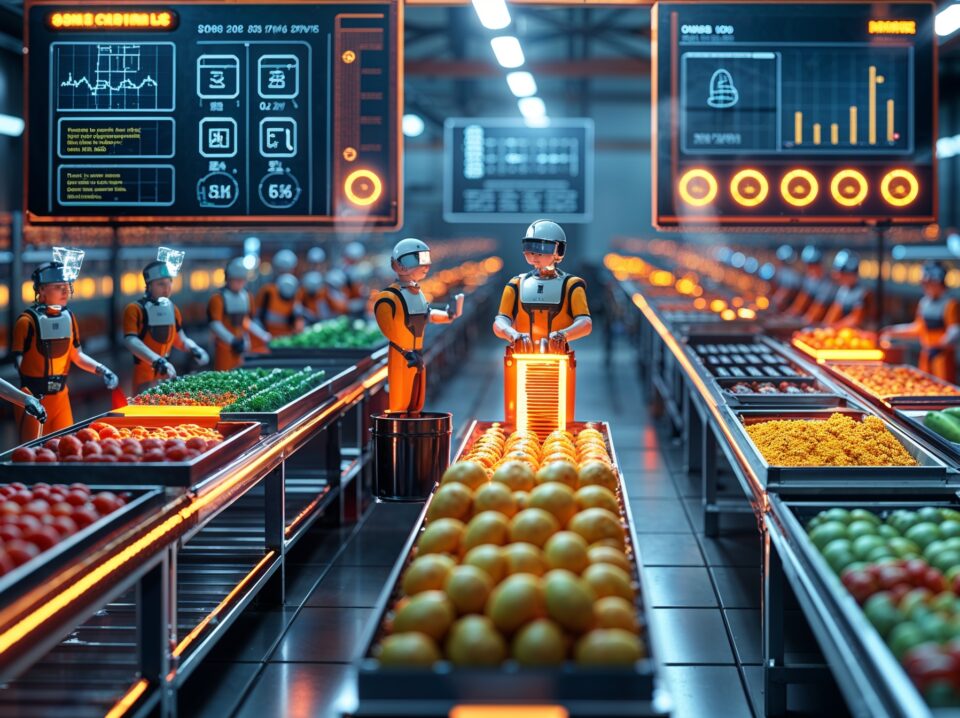Problem
A chemical manufacturer struggled with limitations in the mixing process – any change to parameters carried the risk of reduced product quality or increased costs. Testing improvements on live production lines was expensive and time-consuming.
Goal
Increase the efficiency of the chemical mixing process by testing changes in a digital environment. Reduce energy consumption and shorten production time.
Story
To solve the problem, a Digital Twin system was implemented, creating a virtual model of the mixing process. The model accurately reflected real machinery, raw material flows, and key production parameters. Integrated with IoT data, the model was continuously updated in real time, allowing precise simulations without affecting live production.
Based on simulation results, parameters like ingredient ratios, mixing speed, and temperature were optimized. A slight increase in mixing speed and a 5°C temperature drop led to energy savings and a 15% reduction in production time.
On a yearly scale, this translated into cost savings of €45,000 (200,000 PLN) and greater process stability. The digital twin also became a training tool for machine operators, reducing onboarding time for new employees.
Results (KPI)
Thanks to the implementation, the manufacturer:
✅ Reduced production time by 15%
✅ Saved €45,000 (200,000 PLN) annually
✅ Improved process control and consistency
✅ Accelerated operator training
Project summary
- Development of a digital model reflecting key mixing process parameters
- IoT integration – real-time data collection on temperature, speed, and raw material flow
- Simulations of various scenarios without risk to production
- Optimization – lowering temperature by 5°C and increasing mixing speed reduced time by 15%
- Implementing the changes resulted in €45,000 (200,000 PLN) in annual savings and improved stability
Scope of implementation
- Digital model development: Virtual replicas of machines and processes
- IoT integration: Real-time model updates based on operational data
- Analysis and testing: Simulating scenarios in a safe digital environment
- Process optimization: Implementing changes based on simulation outcomes
Technology stack – core and supporting
⚙️ Digital Twin: Virtual models of processes and equipment
⚙️ Internet of Things (IoT): Real-time sensor data
⚙️ Big Data: Large-scale data analysis for process optimization




